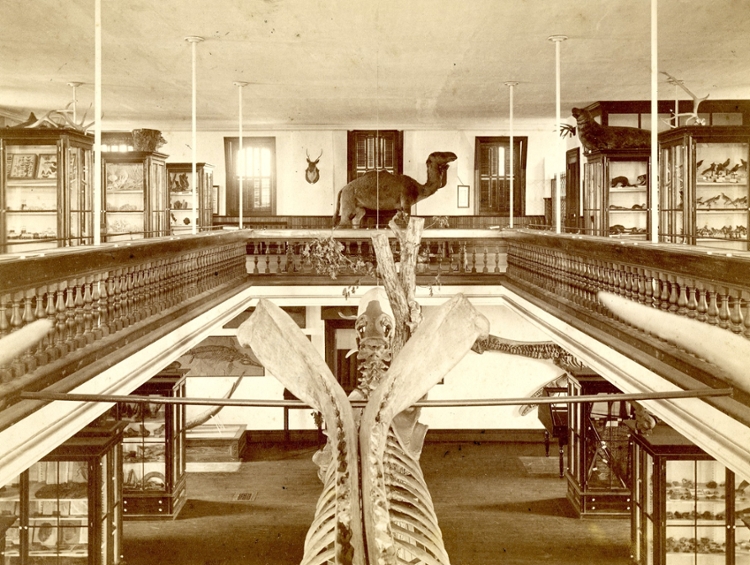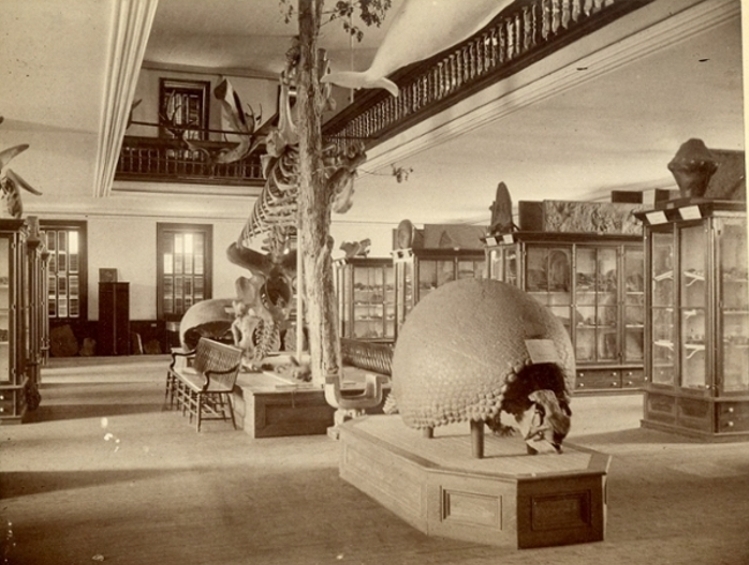History of the Archaeology & Anthropology Collections
The origin of Wesleyan's Archaeology & Anthropology Collections began with the Wesleyan Museum, housed in the Orange Judd Building of Natural Sciences between the late 19th and mid-20th centuries. As was common for universities at the time, collections were acquired through donations by missionaries, faculty, and alumni, or transferred from other museums, including the Smithsonian. The museum was open to the public, and was used for teaching and research.
When the Wesleyan Museum was disassembled in 1957, these "legacy" collections were either transferred to other museums, stored in underground tunnels on campus, or distributed across campus to faculty who used them in their labs and offices.
The legacy collection has since been consolidated and inventoried. Wesleyan-sponsored excavations of local archaeological sites in and around Middletown make up a large percentage of the current collection, and continue to be processed by Wesleyan staff and students.
-

The collections were formerly housed on the top two floors of the Orange Judd Building of Natural Sciences.
-

This view of the lower floor includes both cultural artifacts and natural history specimens.